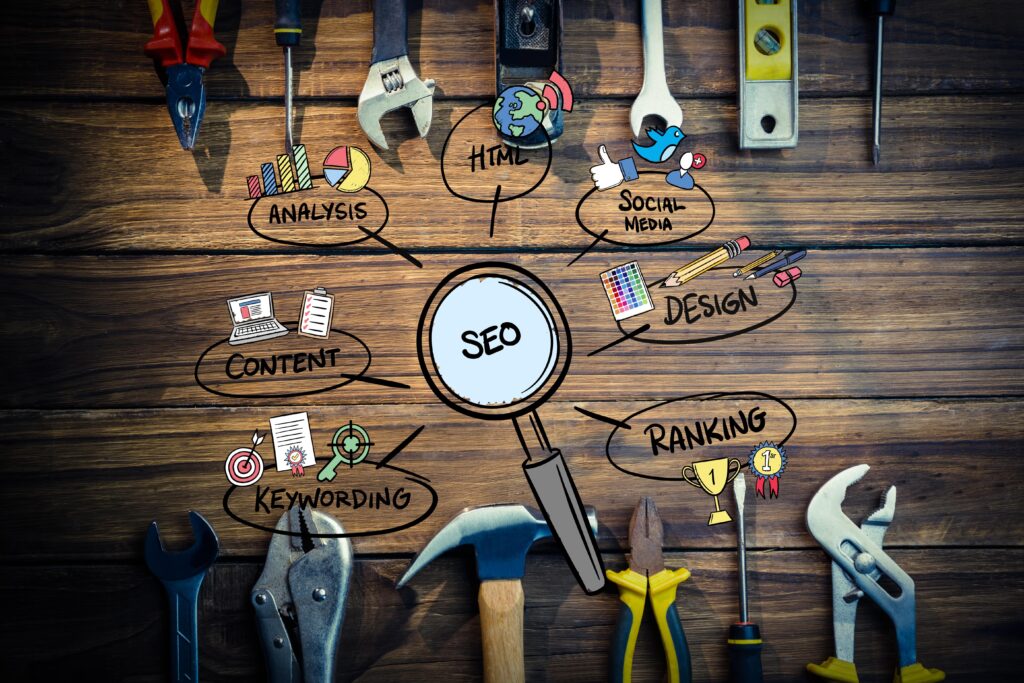Introduction: Why Crawlability & Indexing Matter for SEO
You’ve spent hours crafting the perfect website, filled with valuable content and optimized keywords. But what if Google can’t even see your site? This is where technical SEO, crawlability, and indexing come in. If your website isn’t crawlable or indexable, it won’t show up in search results—no matter how great your content is.
In this guide, we’ll break down the essentials of crawlability and indexing, why they matter, and how to ensure Google recognizes your site.
What is Crawlability & Why is It Important?
Understanding How Search Engines Crawl Websites
Crawlability refers to how easily search engine bots (like Googlebot) can navigate and understand your website. When a bot crawls your site, it follows links, scans content, and determines how your pages are connected.
If your site has crawlability issues, search engines won’t be able to access important pages, meaning they won’t appear in search results.
Common Crawlability Issues That Hurt SEO
Blocked by Robots.txt – If a page or section of your site is blocked in the robots.txt file, search engines won’t crawl it.
Noindex Tags – A noindex tag tells Google not to include a page in search results.
Orphan Pages – Pages without internal links are hard for Google to find.
Slow Page Load Speed – If your site takes too long to load, crawlers may abandon it.
Broken Links (404 Errors) – Bots can’t navigate properly if links are broken.
How to Improve Crawlability
Now that we understand crawlability, let’s ensure search engines can efficiently navigate your site.
1. Create and Submit an XML Sitemap
An XML sitemap acts as a roadmap for search engines, helping them discover and prioritize important pages.
- Use tools like Yoast SEO (WordPress), Screaming Frog, or Google Search Console to generate your sitemap.
- Submit your sitemap in Google Search Console under the “Sitemaps” section.
2. Optimize Internal Linking Structure
Internal links help crawlers discover new pages and understand your site’s hierarchy.
- Link to important pages from your homepage and main navigation.
- Use descriptive anchor text that includes relevant keywords.
- Avoid excessive deep linking (don’t bury pages too many clicks away).
3. Check and Optimize Your Robots.txt File
Your robots.txt file tells search engines which pages not to crawl. If used incorrectly, it could block important content.
- Check your
robots.txtfile in Google Search Console under “Crawl.” - Ensure you’re not accidentally blocking essential pages (e.g.,
/wp-admin/). - Use
Disallowcarefully to prevent bots from accessing unnecessary pages.
4. Improve Website Speed for Faster Crawling
Google prioritizes fast-loading pages. Slow websites may suffer from reduced crawl efficiency.
- Use Google PageSpeed Insights to identify speed issues.
- Optimize images by compressing them (use WebP or JPEG formats).
- Minimize JavaScript and CSS bloat.
- Use CDN (Content Delivery Network) to serve content faster.
What is Indexing & How Does It Affect SEO?
How Google Indexes Your Website
After crawling, Google stores and organizes pages in its index. If a page isn’t indexed, it won’t appear in search results.
You can check if your page is indexed by searching:
site:yourwebsite.com/page-url on Google.
If your page isn’t showing up, it means Google hasn’t indexed it—or there’s an issue preventing it.
Common Indexing Issues
Noindex Tags – If a page has a noindex meta tag, Google won’t add it to its index.
Duplicate Content – If Google detects duplicate content, it may ignore certain pages.
Thin Content – Pages with little value (like low-word-count pages) may not get indexed.
Canonicalization Issues – If Google sees a page as a duplicate due to incorrect rel=canonical tags, it may not index it.
Crawl Budget Issues – Large sites with thousands of pages may face crawl budget limitations, meaning some pages won’t get indexed.
How to Ensure Google Indexes Your Pages
1. Use Google Search Console’s URL Inspection Tool
If a page isn’t indexed, use Google’s URL Inspection Tool to check its status and request indexing.
- Go to Google Search Console → Paste the page URL in URL Inspection.
- If it’s not indexed, click Request Indexing to prompt Google to crawl it.
2. Optimize Content for Indexing
Google favors pages with high-quality, original content.
- Write at least 500+ words of valuable, unique content.
- Use relevant keywords naturally throughout the page.
- Format content with headings (H1, H2, H3), bullet points, and images for better readability.
- Avoid duplicate content by using canonical tags where needed.
3. Build Quality Backlinks
Backlinks act as “votes of confidence” that help Google recognize your pages as valuable.
- Get backlinks from high-authority websites in your industry.
- Use guest blogging, PR mentions, and outreach to earn backlinks.
- Avoid spammy or low-quality backlinks, which can harm rankings.
4. Fix Crawl Errors in Google Search Console
Google Search Console highlights indexing errors like 404 errors, server issues, or blocked pages.
- Regularly check the Crawl Report in GSC.
- Fix errors by redirecting broken pages (301 redirects), fixing server issues, and ensuring proper permissions.
Conclusion: Make Google See & Rank Your Website
Crawlability and indexing are the backbone of technical SEO. Without them, even the best content won’t rank. By ensuring your website is easily crawlable and properly indexed, you set the foundation for higher rankings, more traffic, and better visibility.
Ready to Boost Your Website’s Visibility?
Technical SEO can be complex, but you don’t have to do it alone! Let’s connect and discuss how to optimize your site for better crawlability, faster indexing, and higher search rankings. Reach out today!

